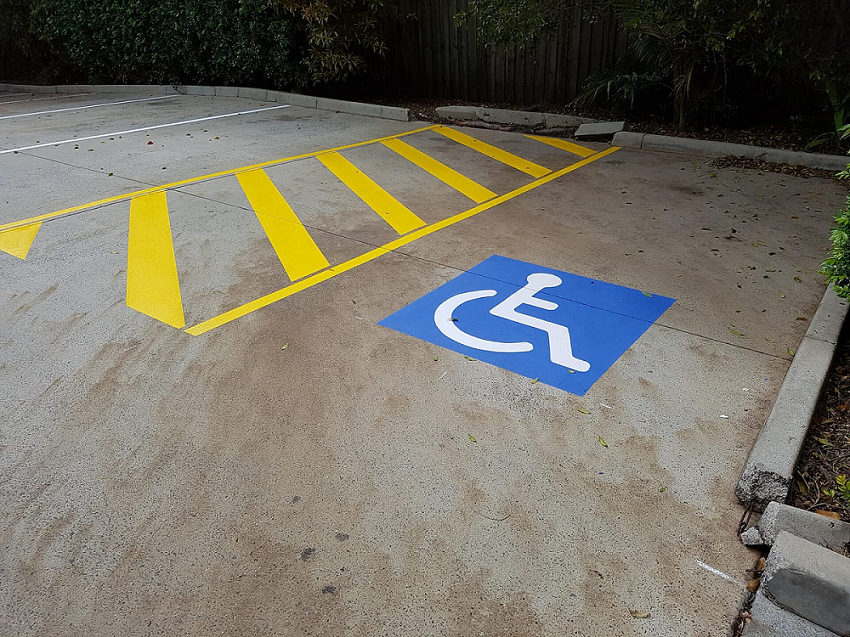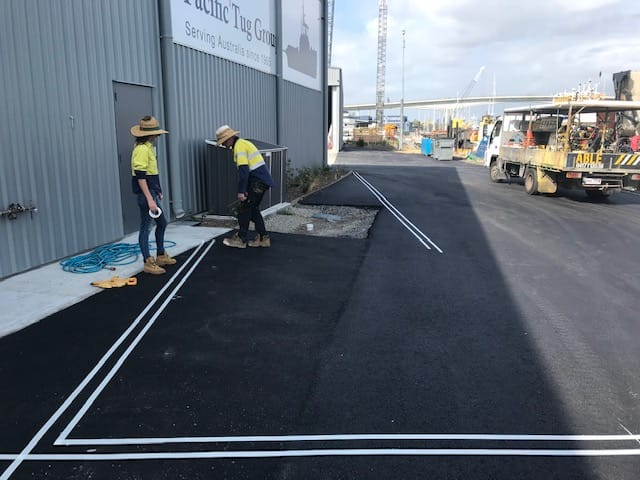Road Line Marking: The Unsung Hero of Traffic Safety

Strong 8k brings an ultra-HD IPTV experience to your living room and your pocket.
Why Road Line Marking Matters More Than You Think
Have you ever driven down a road so smooth and orderly that it made you feel like everything was just... in place? Chances are, you didn’t give much thought to the bright white or yellow lines guiding your path. But these simple lines, often taken for granted, play a critical role in keeping our roads safe and organized. Road line marking may seem mundane, but it is a backbone of modern transportation systems, directing traffic, enhancing safety, and minimizing confusion.
A Silent but Powerful Guide on Every Road
While many aspects of road infrastructure catch our attention—like traffic lights, roundabouts, and signage—line markings remain a silent, yet powerful, guide. They tell you where to stop, when to yield, where not to park, and how to change lanes. Without them, roads would descend into chaos. As vehicles get smarter and cities more congested, the importance of precise and well-maintained line markings has never been greater.
The Role of Road Line Marking in Traffic Flow
From highways to parking lots, road line marking is an essential tool for traffic control. These lines are more than just paint on pavement—they’re a well-calibrated language of symbols, colors, and patterns. Whether it’s a broken white line allowing overtaking, or a solid yellow one prohibiting it, the language is clear to all who drive. This universal consistency helps drivers make split-second decisions that can prevent accidents and ensure smooth traffic flow.
Clear Visual Communication Saves Lives
One of the main reasons road line marking is so effective is its ability to communicate instantly. There’s no need to read a paragraph of text when a single arrow or set of dashed lines can convey everything a driver needs to know. This is especially crucial in high-speed environments, where even a moment’s hesitation can be dangerous. The simplicity of the visual cues ensures that drivers of all languages, ages, and experiences understand the rules of the road.
Innovation in Road Line Marking Materials
The materials used in road line marking have evolved significantly over time. Today’s markings are not only more durable but are also reflective, making them visible during night or in poor weather conditions. Thermoplastic, epoxy, and preformed tape are commonly used materials, designed to withstand heavy traffic and environmental wear. This means the markings stay clear and visible for longer periods, reducing the need for frequent reapplication and improving long-term safety.
How Technology is Changing Line Marking
Technology has revolutionized the way road line marking is applied. Gone are the days of simple paintbrush applications. Modern road crews use GPS-guided machines that ensure perfect alignment and spacing. These machines can also apply multiple colors and types of markings simultaneously, speeding up the process and minimizing disruption to traffic. Laser-guided systems, drones for monitoring, and AI for planning optimal marking strategies are all becoming part of the toolkit.
Urban Mobility and Multimodal Road Use
Urban areas are increasingly relying on road line marking to manage complex traffic patterns. From dedicated bus lanes to bicycle paths and pedestrian zones, clear markings help segregate different types of road users. This not only reduces accidents but also encourages alternative modes of transportation, contributing to greener and more livable cities. Well-marked crossings, buffer zones, and curb extensions can dramatically enhance pedestrian safety as well.
Supporting Autonomous Vehicle Navigation
Interestingly, road line marking also plays a pivotal role in autonomous driving technology. Self-driving cars rely on well-maintained road markings to navigate safely. Cameras and sensors detect these lines to stay in lanes, determine turning points, and make informed driving decisions. As the world moves towards automation, the demand for consistently clear and high-quality road markings will only increase.
Addressing Safety in Rural and Underdeveloped Areas
In rural areas and developing regions, road line marking is often underutilized or inconsistently applied, leading to higher rates of traffic accidents. Investment in proper line marking infrastructure can significantly reduce fatalities and improve transport efficiency. Simple additions like centerlines, edge markings, and reflective elements can transform a dangerous road into a safe passage for all users.
Aesthetic and Psychological Impact on Drivers
There’s also an aesthetic dimension to road line marking. When done right, it enhances the overall look and feel of roadways, especially in urban environments. Crisp, clean lines contribute to a sense of order and professionalism. In contrast, faded or confusing markings can create a sense of neglect and even lead to road rage or accidents.
The Importance of Regular Maintenance
Maintenance is key to the effectiveness of road line marking. Over time, even the most durable markings will fade due to traffic wear, UV exposure, and weather conditions. Regular inspections and timely reapplications are critical. Many municipalities now use automated systems that scan roads and identify areas where markings need to be refreshed, ensuring a proactive approach to road safety.
Eco-Friendly Approaches to Line Marking
In recent years, there has been a push toward more eco-friendly road line marking solutions. Water-based paints and recyclable thermoplastic materials are gaining popularity, reducing the environmental footprint of road maintenance activities. These sustainable practices align with broader goals of green infrastructure and smart city development.
Final Thoughts: More Than Just Lines
Despite its low profile, road line marking represents a fascinating blend of engineering, design, and psychology. It guides behavior, enforces rules, and even influences how people feel when navigating through different spaces. The impact is felt every time you take a corner, merge into traffic, or simply cross the street safely.
So, the next time you’re on the road, take a moment to appreciate the lines beneath your tires. They’re not just marks on the pavement—they’re silent sentinels keeping millions of drivers safe every single day. Whether you’re navigating a complex highway interchange or parking in a multi-story lot, those markings are working overtime to ensure order, safety, and efficiency.
Note: IndiBlogHub features both user-submitted and editorial content. We do not verify third-party contributions. Read our Disclaimer and Privacy Policyfor details.







